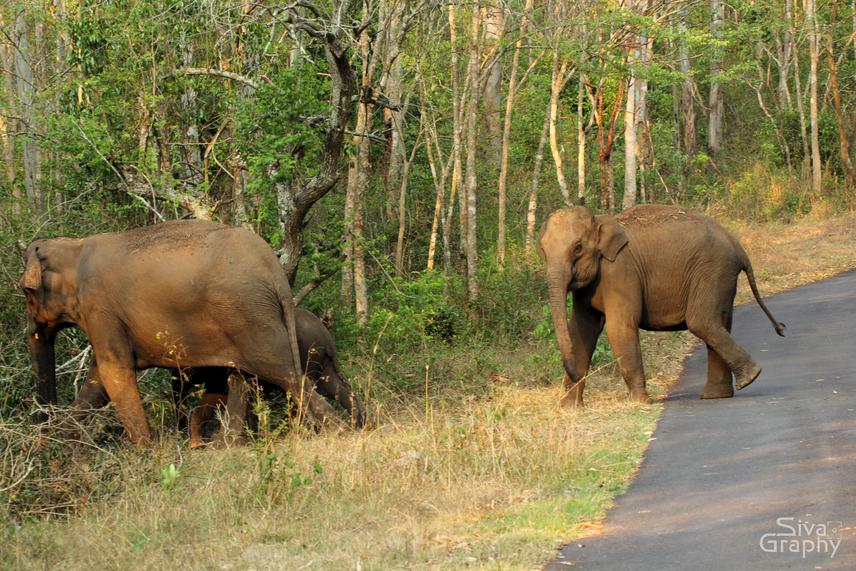Sanjoy Deb
Other projects
13 Sep 2017
Field Implementation and Design Up-Gradation of Automated Roadkill Prevention System
7 Aug 2020
Design and Field Installation of Multiple Roadkill Prevention System Units under a Large-Scale Wildlife Safety Initiative
During many decades, the phenomenal economic growth around the globe has triggered animal mortality rate due to vehicular traffic, ‘Roadkill’. Proposed project will address this biodiversity conservation issue by designing and implementing a low cost wireless multiple sensors based ‘Automated Roadkill Prevention System’.

The Sathyamangalam Tiger Reserve is a protected area along the Western Ghats and it is connected with adjacent Billigiriranga Swamy Temple Wildlife Sanctuary, Sigur Plateau, Mudumalai National Park and Bandipur National Park. The Reserve Forest is the last existing link between two great biosphere reserve of Indian subcontinent, Eastern Ghats and Western Ghats, with a diverse population of various wild animals. This reserve is the home for various wildlife e.g.; Bengal Tigers, Elephants, Gaurs (Indian Bison), leopards, Spotted deer, Blackbuck, Sambar deer, Barking deer, wild boar, Sloth bear and striped hyenas etc. During many years, all those animals have become victims of Roadkill, since an over trafficked National Highway, NH-209, has passed through this tiger reserve. So, this reserve forest region desperately needs a native low-cost simple technological solution to prevent Roadkill and thus to maintain its valuable biodiversity.
The proposed project will design, develop and implement a low-cost ‘Automated Roadkill Prevention System’ (ARPS) on National Highway 209. The ARPS will be a wireless multiple sensors based network system which will detect animal activities on or near forest roadways especially at night time and will generate a subsequent alarm to the passing vehicles. It will be implemented with low-cost infrared sensors, geophone sensors, acoustic sensors, transceiver, microcontroller based signal processing unit, rechargeable power backup and with a robust system operation algorithm. Use of multiple low cost sensors will not only make the system chipper; it will also make it versatile and reliable. Using Time Division Multiplexing (TDM) approach, signals from sensor nodes will be transferred to the Server Unit to be processed. The server (microcontroller based units at the both side of the potential Roadkill Hotspot) will process the information and will display the warning flash light for the drivers at list 200 mitres before the potential Roadkill Hotspot. Along with that the animal activity information will also passed to the on road forest check post at the entrance and at the end. At the forest check post the driver has to register their mobile number and by doing so the driver will get a sms alert from ARPS while crossing the conflict region.